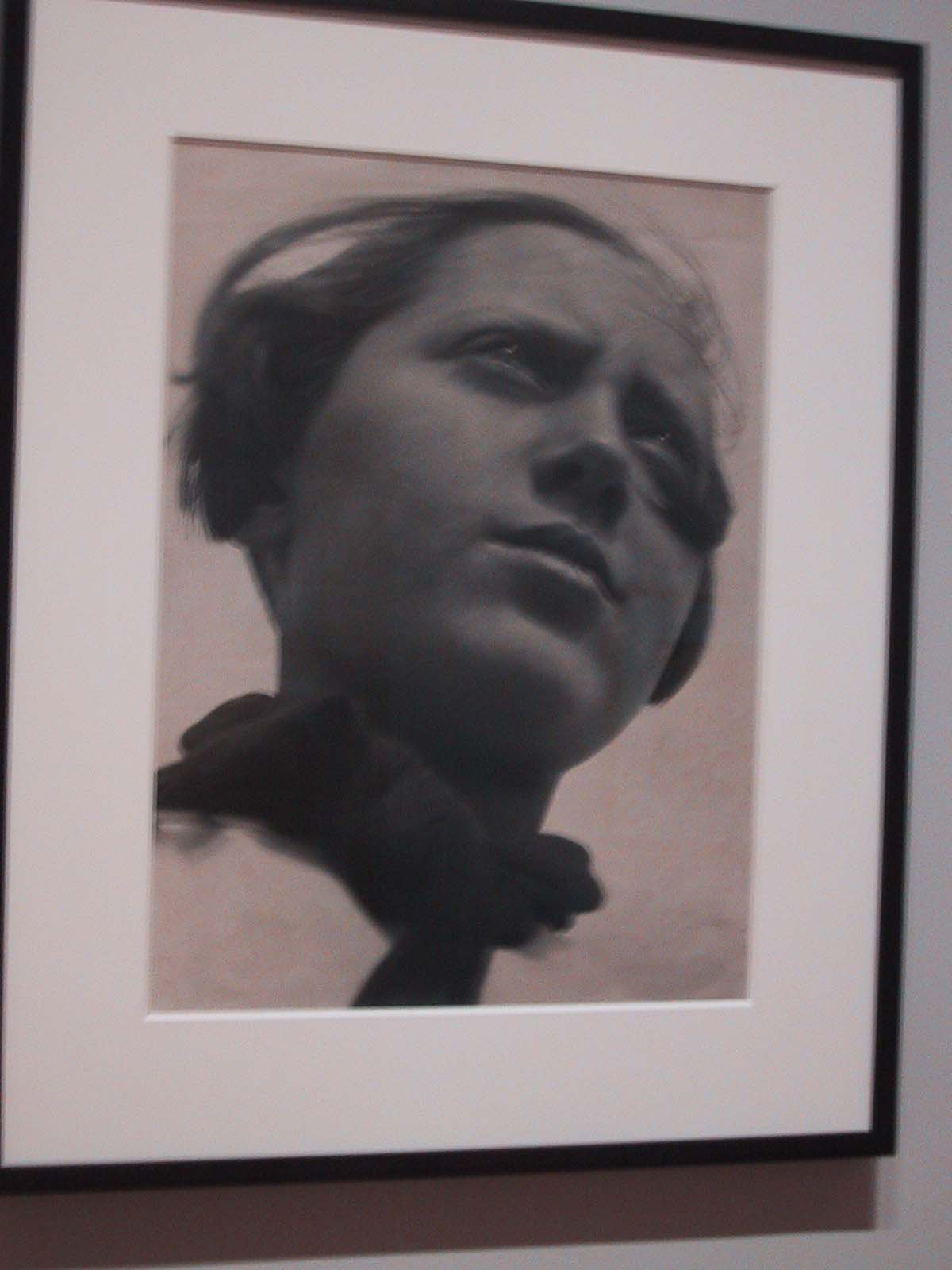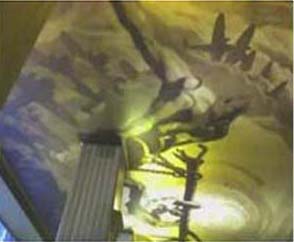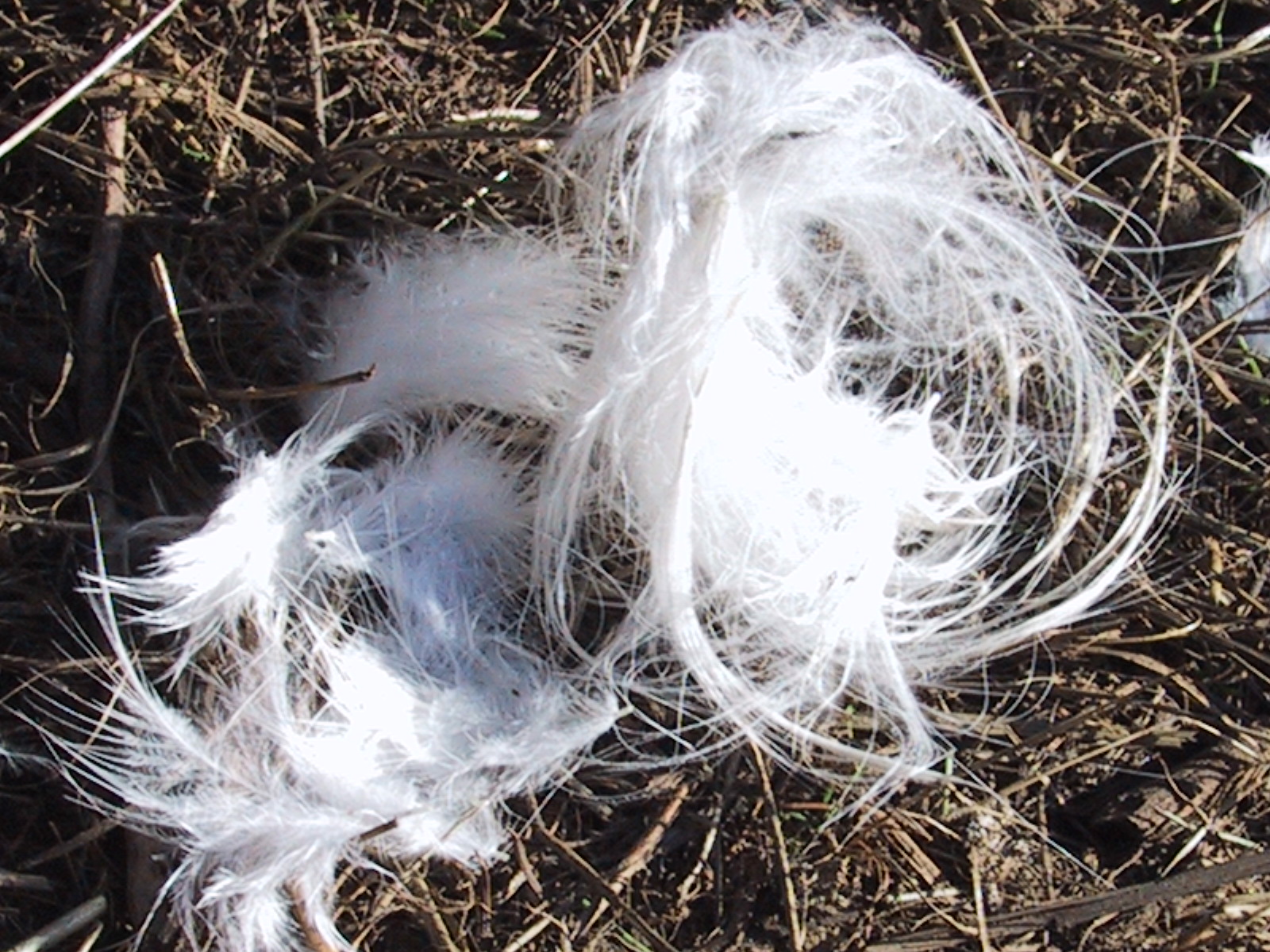
Alexander Rodchenko, Pioneer Girl, (1930)
There she was:
Rodchenko’s incomparable Pioneer Girl. Her defiant, unblinking, proletarian eyes stared out at me from across three quarters of a century. My own eyes started welling up with tears.
One look at her and I knew that the gleaming, newly transmogrified MoMA in which I was standing was in fact the smouldering ruin of a failed revolution. Welcome to Art Disney. Perhaps the finest collection of modern art on the planet has been now been repurposed into a glossy exercise in high concept lifestyle marketing aimed at the affluent, authenticity-hungry global shopper.
The new, compulsory $20 admission fee, now makes MoMA the most expensive art museum in New York. Pioneer Girl is hanging in an institution rendered largely inaccessible to the very proletarian masses of which she once was a part. The poor and the working poor won’t be able to afford to see her anymore, nor any of the other great art works of the 20th century, housed within the building’s mesmerizingly luminous architecture. The compassion, revolution, and aesthetic rapture that such art is able to inspire in people will be unavailable to the vast swath of society that works for the minimum wage, except for during a four hour window on Friday evenings, during which discount retailer Target sponsors free admissions.
Those that can’t get that time off from their Mac-Jobs, will just to have to go home and lose themselves in the great stultifying vortex of network television, which will reassuringly provide endless, all you can eat electronic Soma, “fair and balanced” and free of charge. What more could anyone want?
For his part, Rodchenko, that great stylist of the workers’ utopia, lived out the last years of his life painting pictures of sad clowns in his Moscow apartment, having been discredited by his party as a bourgeois formalist. Then, as now, the Left just seems to eat itself. You’d think we could figure out how to stop . . .
Those able to pay MoMA’s price of admission however will find themselves in an undeniably exquisite building. The architect Taniguchi’s ethereally white halls exude the kind of fetishistic seamlessness more reminiscent of Dutch airport design or Prada retail than of a people’s temple of art. And, in keeping with its new role as high art theme park, MoMA now allows the public to photograph its works with impunity, albeit sans flash. The museum air is filled with the whir of focusing servos, as thousands of tourists inhale the history of the 20th century’s art into the cosseting safety of their cameras’ memory cards, convenient and contained–much less risky than being scorched by the spewing aura flux emanated by an unmediated original. Being able to take pictures of MoMA’s collection, while doubtlessly useful to the serious student of art, still feels a little weird, especially since this is still forbidden at most institutions. Watching a group of tourists gleefully photographing each other in front of Picasso’s holocaust-inspired Charnel House, I felt as if I had fallen through some strange looking glass, directly onto the pages of Walter Benjamin’s (1936) “Art in the Age of Mechanical Reproduction.”
The authenticity of a thing is the essence of all that is transmissible from its beginning, ranging from its substantive duration to its testimony to the history which it has experienced. Since the historical testimony rests on the authenticity, the former, too, is jeopardized by reproduction when substantive duration ceases to matter. And what is really jeopardized when the historical testimony is affected is the authority of the object.
While Benjamin argues that an object’s authenticity and therefore its historical testimony is jeopardized by reproduction, I think there is something about the new MoMA building that jeopardizes the authority of the objects within it. The institution’s not-so-subtle new interplay between architectural grandiosity and entertainment-oriented marketing conspire to create a viewing experience that clearly diminishes the aura of some of the collection’s most important works. This was at its most egregious in the case of Monet’s (1920) Water Lilies, which could formerly be enjoyed within the relative tranquility of a three sided alcove. After the renovation, Water Lilies has basically become “lobby art,” hung in the distracting, over-lit shrillness of MoMA’s atrium, having to jostle uncomfortably for attention with Barnett Newman’s precarious-looking Broken Obelisk. Matisse’s once deliriously happy seeming (1909) Dance has been similarly banished to the realm of building decor and now hangs sad and alone in a stairwell. In both these cases, iconic objects of the 20th century’s art are subordinated by the building’s insistence on playing the architectural drama queen. The viewer is the loser when the aura and historicity of the art objects must succumb to the insatiable demand for easily-digested spectacle and the ego of an architect.

MoMA’s New Lobby/Atrium
Despite all of this, MoMA’s new up-market incarnation has a silver lining, in that far more of the museum’s collection is now on display. The exhibition space has grown substantially, from 85,000 to 125,000 square feet, providing a new vista of serious curatorial opportunity that could be taken advantage of when some of the Uber-hype blows over. Of course MoMA might still prance down the primrose path of reductive populism, following the spastic footsteps of the Guggenheim. the institution that brought us Armani , The Art of the Motorcycle and (sigh) Norman Rockwell – Pictures for the American People Only time will tell.
I walked out of MoMA, sad and exhausted, feeling like some atavistic Marxist coelacanth, left alone and stranded on the cold, dry beach of Late Capitalism. In the past, I’ve always left MoMA feeling elated, even as recently as last summer, when I was raving about the Lee Bontecou show at MoMA Queens. Obviously, I was having a crisis of faith. Does art even have the ability to effect social change anymore, or have we gone so far down the road of commodity fetishism that this now impossible? Is the word ‘revolution’ so hobbled by the cult of irony that we can’t use it anymore?
Of course my conundrum is nothing new. Over the years many artists have railed against New York City’s unstoppable culture of free-market meritocracy and its streets are littered with their steaming corpses.
Just a short walk from MoMA, looms the imposing art deco GE Building (originally the RCA Building), the focal point of the famous Rockefeller Center. These days the building is known primarily as the home of NBC Studios, where the increasingly lacklustre “Saturday Night Live” and the always lame “Late Night with Conan O’Brien” originate. In 1933, the building’s lobby was the scene of an epic battle between its owner, John D. Rockefeller and the remarkable revolutionary muralist, Diego Rivera. Rockefeller commissioned Rivera, a favourite of his wife, MoMA co-founder Abby Aldrich Rockefeller, to paint a huge mural with which to adorn the the skyscraper’s lobby.
Rivera, an avowed Marxist, started work on the monumental piece entitled “Man at the Crossroads.” In a naive misappraisal of his patron’s tolerance for free artistic expression, he incorporated a portrait of Lenin into the 63-foot-long tableau, without approval. All hell broke loose, and Rivera was ordered to remove the ‘anti-capitalist’ image at once. He refused and was summarily fired and banished from the site, albeit after having been paid his fee in full. Rivera’s mural was promptly destroyed by workmen with axes and replaced with, American Progress and Time, by Jose Maria Sert. There is something particularly poignant about how Rivera’s vision of “man at the crossroads” and its depiction of the great workers’ movements of the early 20th century was literally smashed to pieces to make way for a sanitized representation of the corporate myth of “American progress.” Progress indeed, for the folks who own the skyscrapers. I snapped a few camera-phone pics of Sert’s mural, just to remind myself of who has always pulled the strings in America’s public discourse and how quickly even the most compelling narratives, (if they dare question capitalist orthodoxy), can be obliterated.

Jose Maria Sert’s American Progress and Time
Obliteration is a word that certainly applies to the thriving art scene that used to define the East Village. Some of the many artifacts from this demimonde have been plucked up from the debris field of its implosion to be put on display at the New Museum’s “East Village USA” show, in Chelsea. A former meat packing district, this part of Chelsea has been transformed into a toney art ghetto, reminiscent of one of those windswept outlet store clusters found along the Pennsylvania Interstate. There is a pervasive bleakness to the area that makes it feel disconcertingly isolated from the comforting thrum of the rest of Manhattan.
“East Village USA’s” riotous and sometimes schlocky selection of paintings, photographs and videos underscored for me just how much jouissance New York City has lost in the years since the art was made. It’s impossible to imagine the kind of a scene depicted in the New Museum exhibition, existing in the gentrified East Village of today. The kind of low rent languidity that once encouraged such anarchic cross-fertilization between art and pop culture, just doesn’t exist here anymore. The prohibitive expense of living in today’s New York has driven away much of the innovative and transgressive street culture, which once so characterized life in this city.
The artists in “East Village USA’s” day obviously had their antennas out and it was clear many sensed they were living at a kind of fin de siecle . Lady Pink’s sad little painting, “The Death of Graffiti,” serves as microcosm for what happened to New York and kind of says it all. It depicts a subway train crossing an overpass, against a setting sun, being watched by group of adorable little monsters. The first half of the train is covered, “bombed,” with the colourful wall-to wall-graffiti typical of NYC subway cars in the early 1980’s. The second half of the train has had its graffiti removed, stripped right down to the soulless, gleaming metal.








